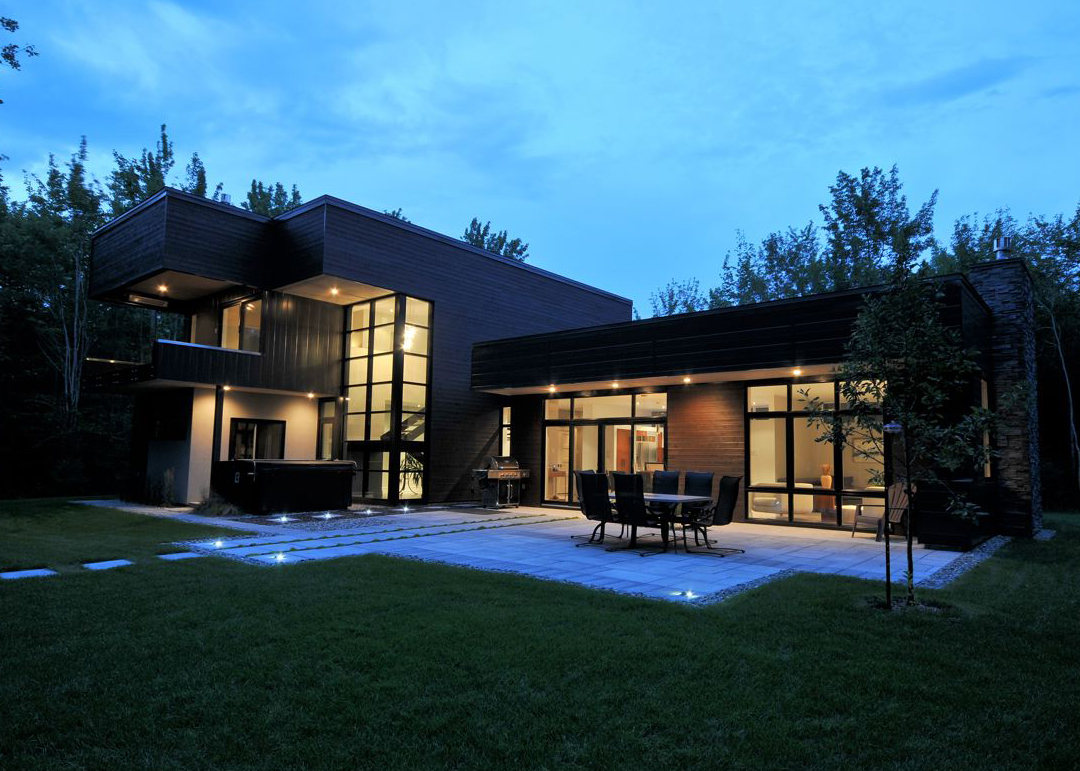To make sure you get the most out of your outdoor development project, you must consider certain details. Here are five essential elements to ensure a landscaping project that meets your expectations!
1. Match your landscaping colours with your landscape
When planning landscaping, it is necessary to make sure that colours and shades will dovetail with each other. The colours of the architectural features found on the residence must therefore be taken into account. Where appropriate, changes to the residence should also be considered. For example, if you are designing your layout to match your home and you change the colour of your window frames a few years later, it is possible that the colours of the layout will be out of tune. That’s why a home improvement project should always be complementary to the residence, it’s an extension of it. You can therefore choose a more monochromatic and sober layout while remaining in the same shades. You can also opt for a specific colour that will serve as an accentuation.
2. Explore the types of vegetation
Plants play an important role in landscaping and should not be neglected. They create a pattern in your landscaping that will evolve in style, colour and volume over the seasons. This is the reason why it is important to have a good knowledge of the different characteristics of plants (need for light, size at maturity, flowering time and landscaping maintenance needs) in order to predict the evolution of plantations during the summer season and also over the years. Lastly, it should not be thought of as creating atmosphere only in the summer. Many plants have winter qualities that will add charm to your landscaping during the off-season.
3. Think about living and walking areas
At the very beginning of the design process, we need to anticipate what living areas we want to create. At the same time, it is also important to think about the visual and physical links that will unite these spaces. By doing this exercise, you will determine a priority ranking of flows and different subspaces to make sure everything is functional and aesthetic. This will guide you on the different materials to be integrated and the investments to be made for each of your layout’s elements.
4. Choosing consistent materials
When you are at the point of deciding what kind of materials to incorporate into your design, you must ensure compatibility with the property and the overall design. Using many different types of materials or too many different shapes of elements quickly breaks up the coherence of the design, unless it was planned from the start. The landscaping of your home relates a story of your own making. It’s up to you to express yourself in the design.
5. Landscaping planning: customizing your project
It’s important to add a personal touch to your landscaping project to avoid falling into the trap of copy and paste suburban landscaping. Of course, you can’t always reinvent the wheel and you can’t change winning formulas. On the other hand, adding an element that is unique to you, such as an architectural element, a game of colour in the stone or a distinctive piece of furniture custom-made for your project, will bring a singularity to the layout. This will make all the difference!


-752-1.jpg?width=2500&height=1667&name=Projet%20Manoir%20Hovey-Paysage%20du%20monde%20des%20affaires%20(Moment%20sublime)-752-1.jpg)




.jpg)
